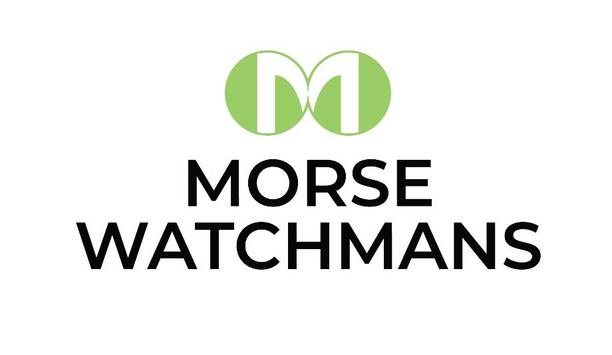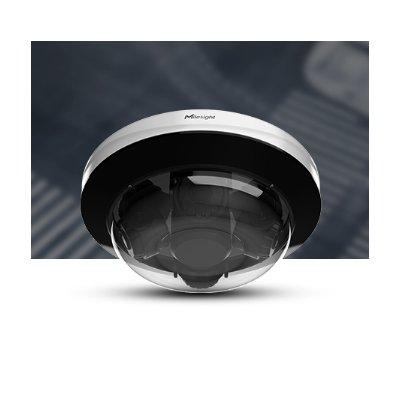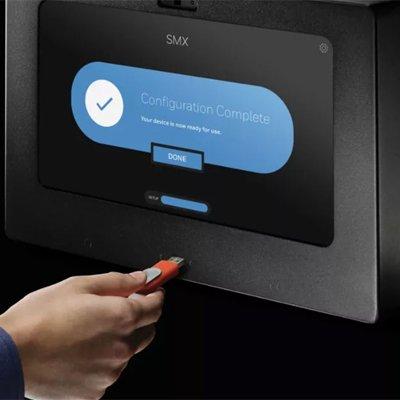A new code of practice for the safe installation and maintenance of powered gates is rapidly establishing itself as the "bible" for gate installers across the UK.
DHF TS 011:2016 - the DHF Code of Practice for the Design, Manufacture, Installation and Maintenance of Powered Gates and Traffic Barriers - has been developed by the DHF (Door & Hardware Federation). The DHF represents Britain's leading manufacturers, suppliers, installers and maintainers of powered automatic gates and gate automation equipment.
The new Technical Specification took more than two years to develop and confirms the DHF's place at the forefront of automated gate safety. The importance of the new code is shown by the decision of the National Security Inspectorate (NSI) to use the DHF Technical Specification to audit installers and maintainers in its new powered gates certification scheme. NSI is the UKAS-accredited certification and inspection body which audits security and safety providers.
Best practise for powered gates installations
The new DHF code is designed to reduce the risks associated with powered gates to as low as is reasonably practicable. It achieves this by giving installers and maintainers - and all adherents to the code of practice - a framework to ensure a gate is safe and therefore complies with the law.
The code draws on safety legislation and industry best practice. It gives practical help to all those involved in powered gates to meet their legal obligations by providing clear guidance on the design, manufacture, installation and maintenance of powered gates.
Extensive reference for gate and barrier work
It has condensed and refined information from numerous parts of UK and European criminal law and more than 20 British and European standards in order to provide a precise and clear reference for gate and barrier work. This cuts out the complexity and confusion often caused when attempting to apply information from a multitude of standards and legislation.
"Our new DHF code of practice is fast becoming the benchmark industry reference document, setting the standard for owner and installer stakeholders alike" |
The code is shaking up the powered gate industry by helping to end the current unsatisfactory situation within parts of the industry caused by conflicting interpretations of the legal standards required.
Safety standards for installers and maintainers
DHF CEO, Bob Perry said, "In recent years there have been nine deaths in the UK and Ireland - six adults and three children - several serious injuries and countless near misses, all caused by dangerous powered gates and barriers. It's estimated that only 30% of the 500,000 automated gates in service in the UK are safe to use. Our new DHF code of practice is fast becoming the benchmark industry reference document, setting the standard for owner and installer stakeholders alike. Its introduction is a wake-up call for the industry and is helping confine powered gate and barrier accidents to the history books. It really is most encouraging that the NSI have chosen the DHF code to audit their gate scheme members. This demonstrates the standing the new code has attained in the industry so soon after its introduction."
Graeme Hazlewood, NSI business development director said, "As the specialist certification body for the UK security and fire safety sectors, we are delighted to have collaborated with the DHF on the development of their Code of Practice DHF TS 011:2016 and integrate it into our new approval scheme for installers and maintainers of powered gates. NSI's role is to verify compliance with industry standards and codes of practice through rigorous audits carried out by our specialist auditors. NSI gates approval will provide reassurance to consumers that the company they have contracted is competent and professional, and the product provided is safe."





















